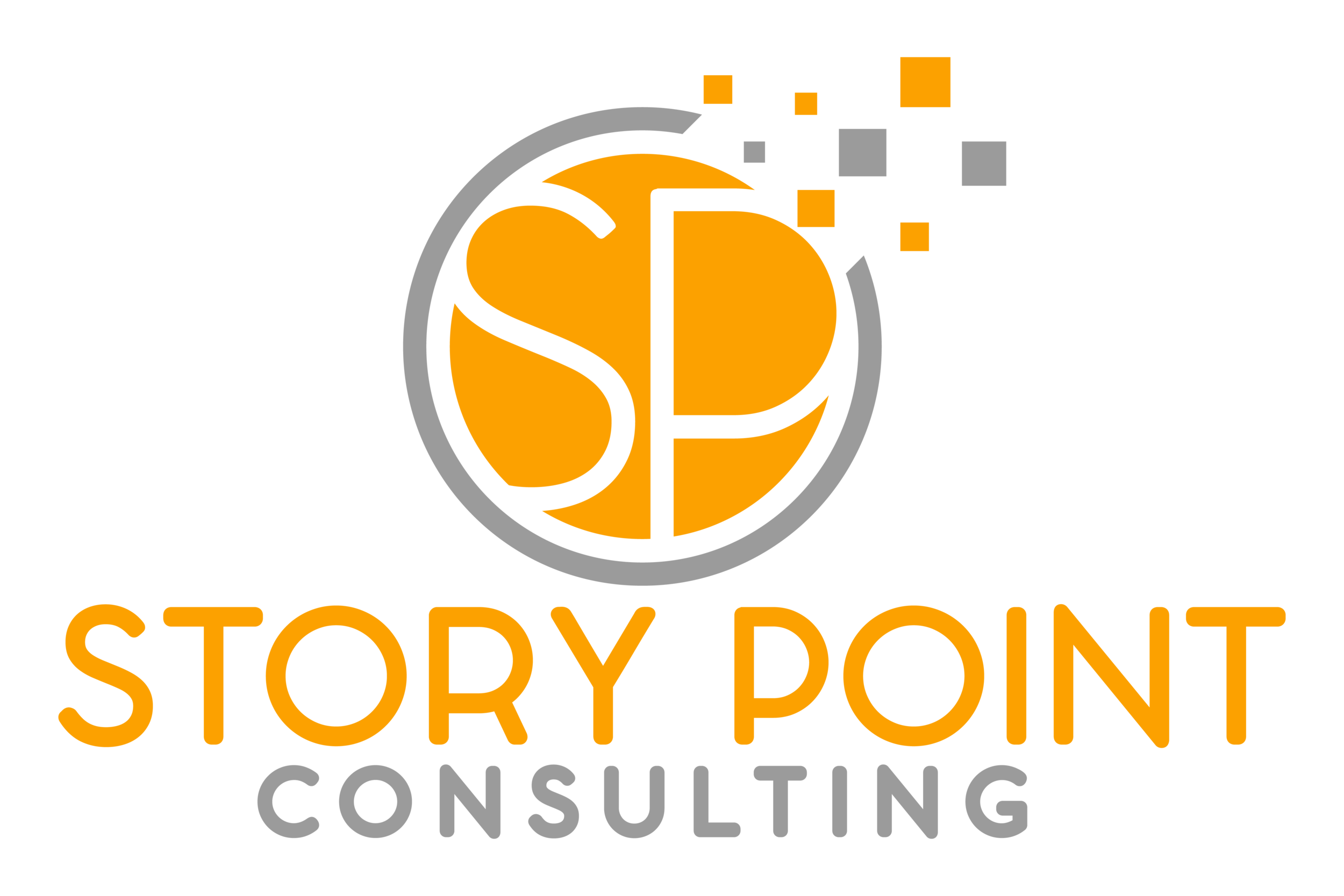Using Data to Personalize Donor Communications
Communicating with your donors is an essential component of your fundraising plan. Personalized messages that are tailored to your donors can help increase your donor retention rates, build stronger relationships and can help increase your annual donations. But how can a small organization achieve all of these things with limited staff and resources? One way to accomplish this is by using data.
Data allows organizations to personalize communications, improve donor stewardship strategies, and cultivate deeper relationships with supporters. The more information a nonprofit has about its donors, the better chance they have of building and strengthening relationships.
Personalizing donor communications starts with the right tools. With the right features, you can understand your donors preferences, increase your donor retention rates, and increase the efficiency of your staff. A donor management system allows your team to manage and share your organization’s data in one central location, and is vital to donor communication. Even small organizations can collect basic information when a donor makes a gift such as:
Donor contact information
Preferred method of communication
Gift amount
Events attended
Interests and affiliations
Interactions between the donor and the organization
If your organization is looking to engage your donors more effectively, here are some of the ways you can use data to craft personalized donor communications.
Use the donor's name
Donors want to feel like their contributions are appreciated and special, so personalizing your communications with the donor’s name is important. The donor’s name is probably one of the most important pieces of data that your team can collect. It is much more effective to use the donors’ name when communicating than a generic greeting such as ‘Dear Donor’. When people are addressed by their name, it builds trust and helps to create a relationship between the nonprofit and the donor.
Refer to past gifts
Making reference to a donor’s past contributions can be very helpful in customizing your communications. For example, if you are running an annual appeal where you are requesting support for your current initiatives, you could let a donor know how much they have contributed in the past. This is a great personal touch as donors who are considering donating again do not have to look at the previous year to see how much they gave.
Create segments for different groups of donors
Donor segmentation is the process of grouping donors that have similar characteristics together, and is a great way to focus your resources especially if you are a small, or one person team. Donors can be segmented by giving history, where they live, or even their interests. Choose segments that are simple to create and based on the data available in your database. For example, you may create a segment for donors who contribute significantly to your organization, and all other donors will fall in the remaining category. For the donors in the first segment you can take the time to craft more custom communications.
Use the donor’s preferred method of communication
Different donors prefer different communication channels based on their unique characteristics such as their age, cultural background, and or even their interests. Understanding the ways your donors want to be communicated with is part of a good donor stewardship strategy. If your organization has the capacity to collect a donor’s preferred form of communication, it can be a great way to connect. However, if you are unable to store this data, look at your organization as a whole to determine which channels receive the most engagement. For example, does your newsletter get a great response? Or do your social media followers react to your posts? Take the time to determine where you are getting the most engagement and focus your efforts on that channel.
Strong communication with your donor’s is key to the success of your organization’s fundraising efforts. By using the above practices and creating a strategy that is simple and manageable for your team will ensure that your nonprofit will reap the benefits of your efforts.




